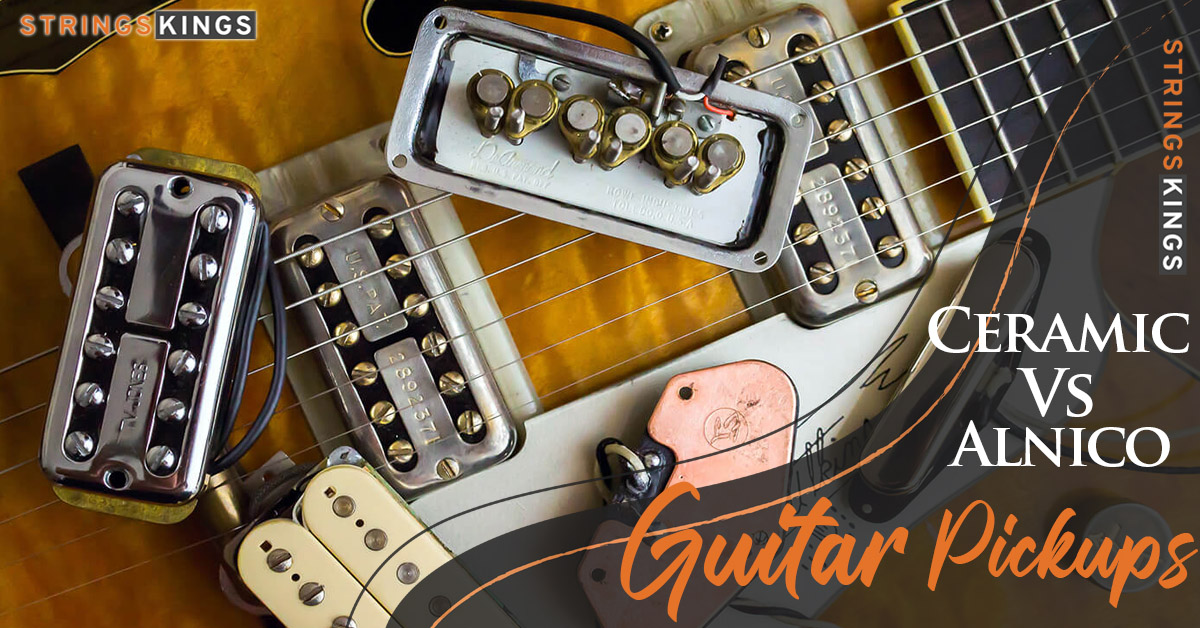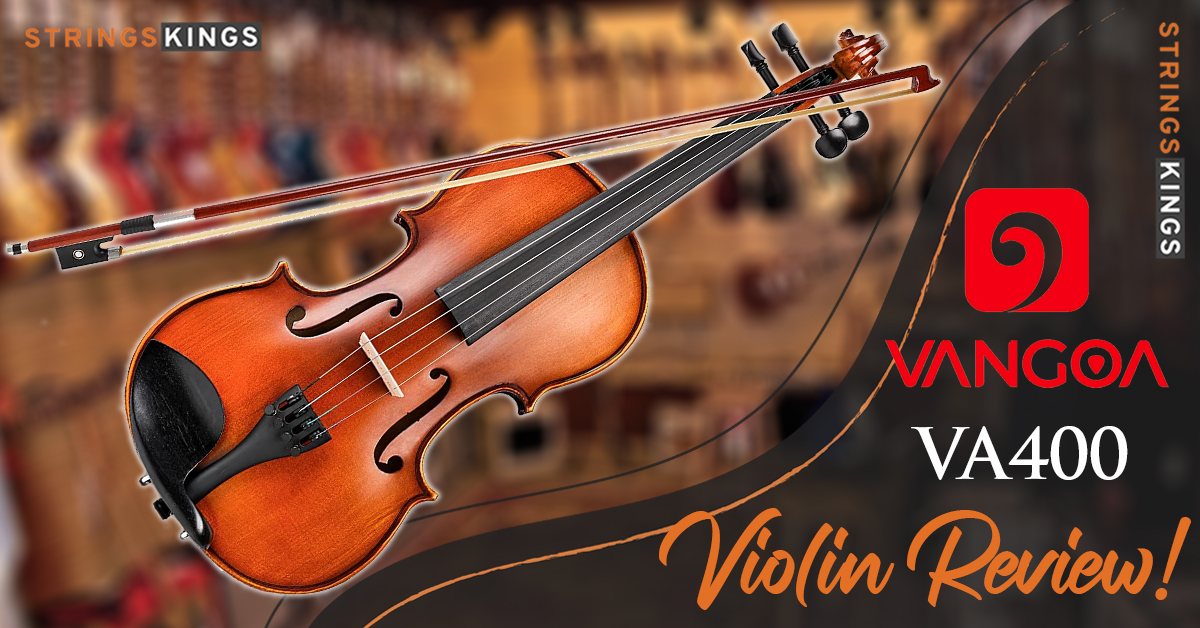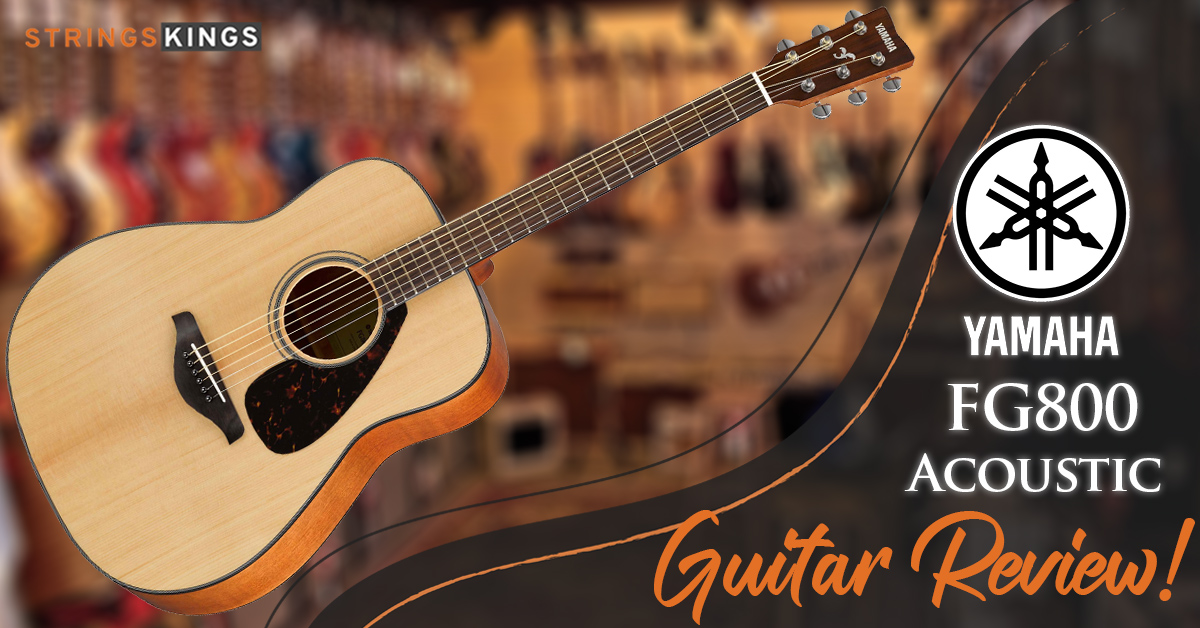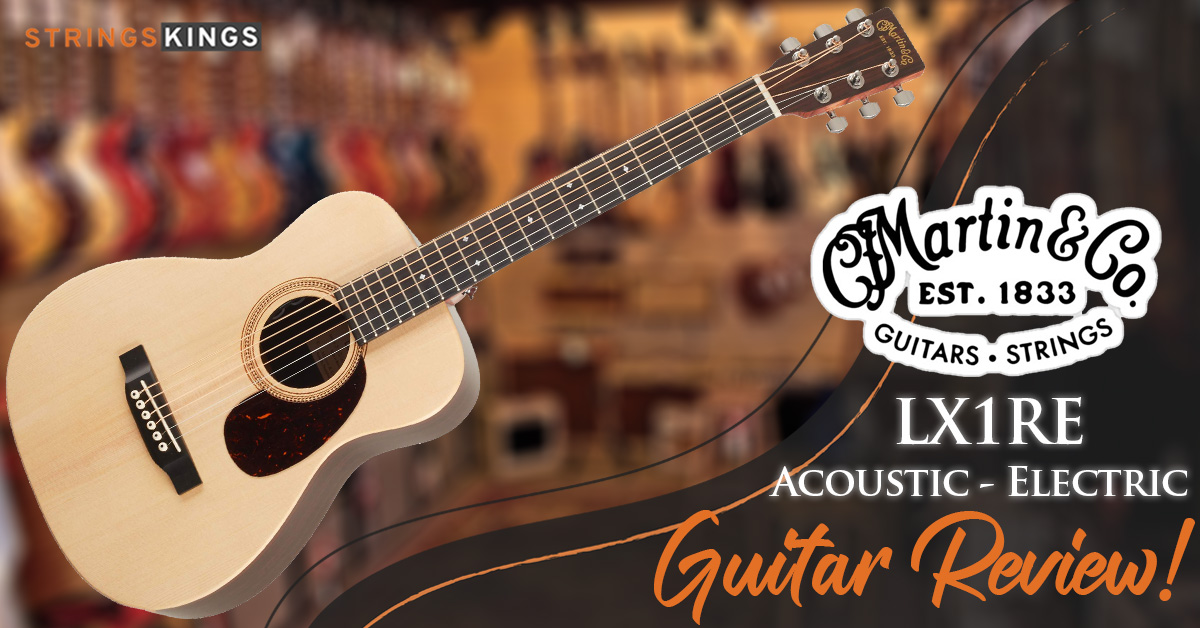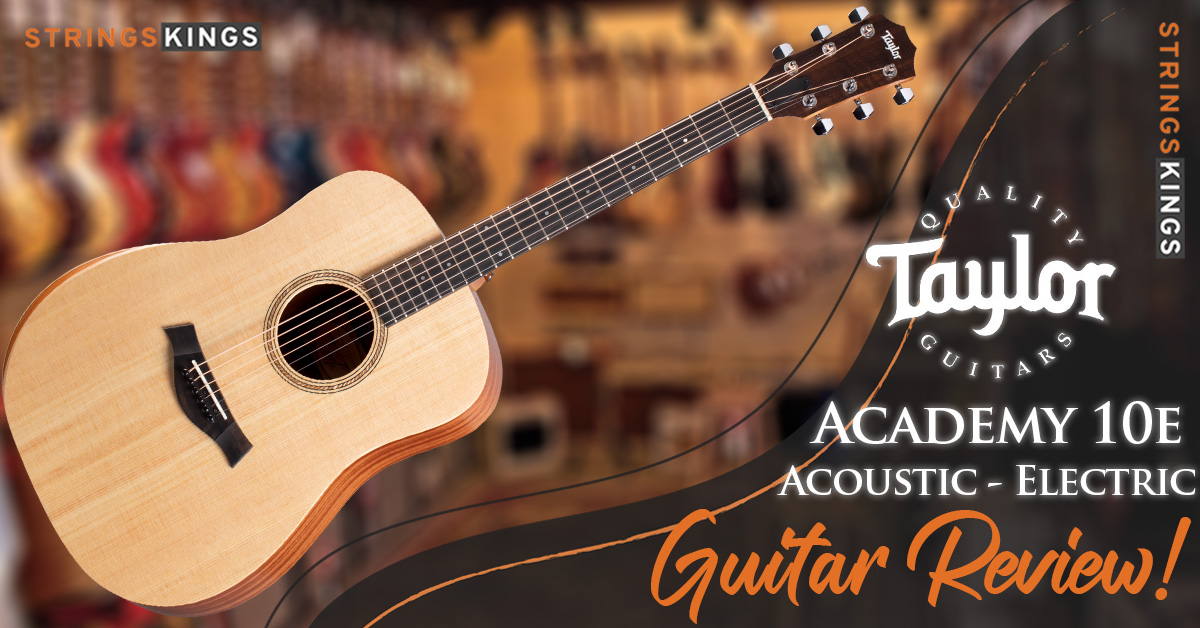Table of Contents
Comprehensive Guide to Help You Find Your First Stringed Instrument
Your child might not know exactly which first stringed instrument to pick when they first decide to take up a string instrument. There is no doubt that the violin is the most commonly known orchestral string, but perhaps your aspiring musician would prefer the viola’s deeper voice or play the cello or bass in even lower registers. The school’s music program may allow your child to try out each instrument, so it is definitely worth looking into.
It is important to remember that no matter the situation, one thing is true: there is no right or wrong choice of instruments. In this guide, no particular instrument will be recommended over another. Each of the stringed instruments and orchestral strings will be explored in more detail, so you can make an informed decision based on which first stringed instrument appeals to your child.
Find out what the ukulele, guitar, violin, viola, cello, and bass are like to play and handle. You’ll be well prepared to make an informed choice that will lead to a bright musical future with that information.
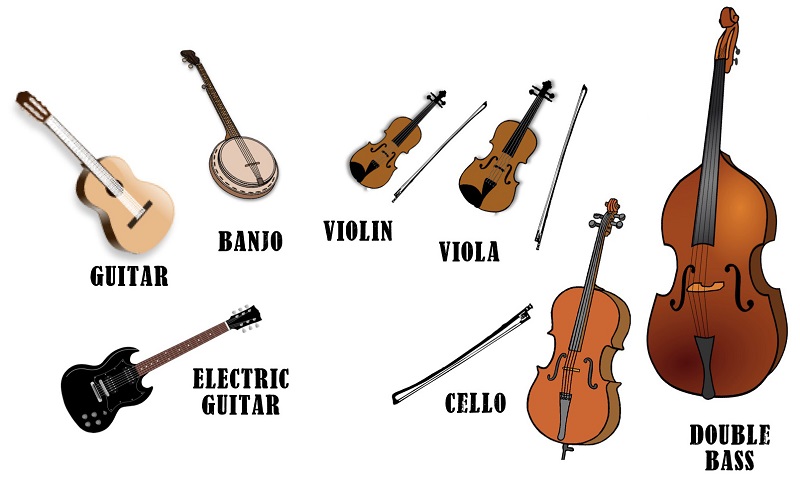
The Different Types of Stringed Instruments
For hundreds of years, stringed instruments have been an integral part of music, providing the melody and rhythm that form the basis for the creation of great music. It is important to keep in mind that there are many types of stringed instruments available today, from classical guitars to ukuleles and violins, each with its own unique sounds and styles of playing.
A stringed instrument can be found in a variety of shapes, sizes, and sound types, each with its own distinctive sound and way of playing. Stringed instruments can be categorized into the following types:
Acoustic Guitars
There is no doubt that acoustic guitars are one of the most versatile and popular stringed instruments in the world today. In spite of the fact that they are easy to learn for beginners, they can be used in a wide range of genres, from folk to rock. Acoustic guitars produce their sound by means of vibrations that occur between the strings and the sound box, which amplifies the sounds as they travel through the air.
Electric Guitars
As a result of their amplified sound and versatility, electric guitars have revolutionized the world of music in a very significant way. They are very commonly used in rock, blues, and metal music, and can be plugged into an amplifier to make them louder so as to increase the volume. In terms of tone and style, electric guitars are a great option for those who want a big sound and a wide range of options when it comes to tones and styles.
Bass Guitars
As the foundation for many musical genres, the bass guitar provides the low-end rumble that gives a song its backbone as well as adds the general sonic tone to the song. The bass guitar is a musical instrument mainly used in rock, pop, and jazz music, and can be played with either your finger or a pick.
Ukuleles
Ukuleles are small and charming instruments that have become increasingly popular over the last few years due to their inherent charm and small size. This instrument possesses a unique sound that makes it ideal for folk, pop, and island music in addition to being easy to learn for beginners. When you want to learn a stringed instrument and do not want to invest a great deal of time and money in learning it, then the ukulele is a great option.
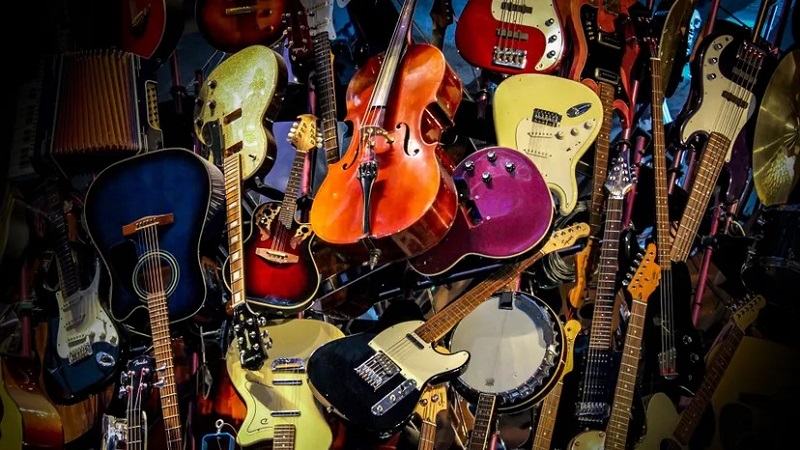
Violin
Violins have been incredibly popular for centuries because of their wide variety of sounds and unmistakable tone. It’s clear that the violin has earned its place in the musical landscape, whether it’s classical music that gave it its place or modern folk genres that gave it its second name, the fiddle. It’s been a staple of music for decades, today, and for sure in the future.
As the smallest string instrument, the violin has a unique sound that’s perfect for melody-carrying. Because of this, it’s a leader in any orchestra, band, ensemble, or duet, as well as a popular solo instrument. The violin is the most common instrument in a typical orchestra, which is divided into two parts: first violins (play primary melody) and second violins (play harmony).
Viola
It’s a cousin of the violin, which is why it often appears as a complement to it in orchestras. You should not be mistaken, however: the viola can certainly perform as a solo instrument, or even replace a violin in an ensemble, depending on the music. Compared to a violin, the viola is slightly larger, with a deeper, more resonating tone that greatly contributes to the overall sound of the upper-register string section.
As a result of its full-bodied acoustics, the viola is an excellent choice for fleshing out a string ensemble. The sound produced by this instrument contrasts nicely with that of its slightly smaller violin cousins, which can serve as a counterpoint for a more dynamic composition at certain points – a characteristic that many composers have exploited. A viola may be the instrument you are looking for if you are interested in adding depth and character to your music.
Cello
In terms of instrument size, the cello is considerably larger than the violin and viola. After the double bass, it is the second largest string instrument, and it produces sound in a much lower register than its smaller cousins. Additionally, the cello is often played with a bow, but frequently utilizes “pizzicato” (plucking) techniques. There are many pieces composed for the cello that specify either one or the other, but there are also a few that require switching between the two.
Cellos can play a number of roles within an orchestra, whether supporting, harmonizing, or leading – or sometimes playing all three simultaneously within a single piece of music. Due to its acoustical position in the string section, it can be used in either a high or low accent depending on the situation. With its ability to handle a wide range of sounds and melodies, the cello makes a versatile solo instrument as well as an important member of string ensembles and quartets.
Double Bass
In terms of string instruments, the double bass, or “bass” as it’s usually referred to, is the largest member of the family. The instrument’s rich, mellow tone makes it more versatile than it might appear at first glance – something that becomes pretty apparent when you consider the fact that jazz musicians often use it as a lead instrument. When playing in an orchestra, the bass is usually played “pizzicato.” If it’s plucked or bowed, it depends on the piece.
Usually, you’ll hear a double bass in an orchestra or other string ensemble, with smaller groups having a single bassist and larger groups having several. Because of its dynamic, the bass is a fantastic support instrument, but an ambitious player can play solos too. For aspiring musicians, the bass is a wise choice since good bassists are always in demand.
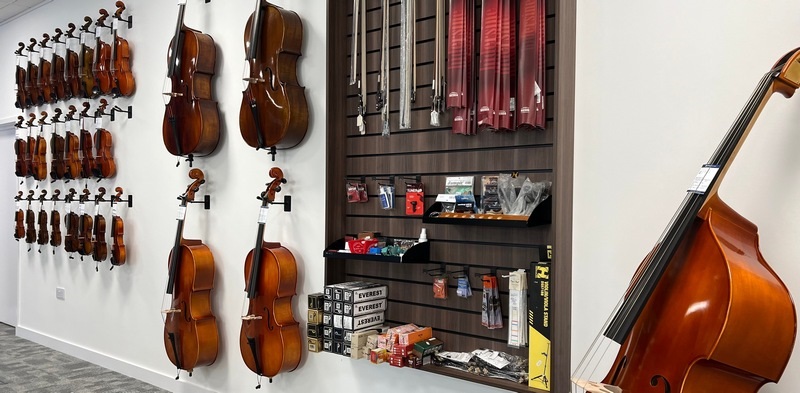
What You Get From Playing a Stringed Instrument
It has been proven that playing a stringed instrument has many benefits, including the following:
- Coordination of the hands and eyes has been improved
- Concentration and focus have been improved
- A significant improvement in memory and cognitive function
- Self-expression and creativity are enhanced
- Music skills have been improved
- Self-confidence has been increased
- Feelings of accomplishment and fulfillment
The Factors to Consider When Selecting a Stringed Instrument
There are several factors to consider when choosing a stringed instrument, including the following:
Skill Level
Choosing a stringed instrument depends greatly on your skill level. Beginners may find it easier to learn ukuleles or acoustic guitars since both are easy to learn and have an approachable playing style. If you’re more experienced, you might consider a violin or electric guitar, which can offer more musical options.
The Right Size and Comfort
Especially for younger players or those with smaller hands, the size and comfort of the instrument are important. You should choose an instrument that is comfortable in your hands and easy to play. Check out different instruments in a music store if you’re not sure which one feels best.
The Budget
Depending on the instrument, strings can cost anywhere from a few hundred dollars to a few thousand dollars. When choosing a stringed instrument, consider your budget, so you don’t end up overspending on something you won’t use as much as you thought. Don’t buy something unless you know what you’re going to do with it in the long run and how often you’ll play.
Genre of Music
You’ll also need to choose a stringed instrument based on the genre of music you’re planning to play. For example, if you’re interested in classical music, you’d be better off with a violin or cello. It may be a better choice for you to purchase an electric guitar if you are more interested in rock or metal music. Choose an instrument based on your musical goals and the type of music you wish to play.
The Brand and the Quality
Last but not least, ensure that the instrument you are considering is of high quality. You should choose a reputable brand that has a good reputation for quality and durability. The investment you make in a high-quality instrument will not only ensure that you have a great playing experience but will also last for many years to come.
Which first stringed instrument is best for beginners?
Beginners should start with an acoustic guitar or ukulele since these are easy to learn and fun to play.
Which stringed instrument is most versatile?
For beginners, the acoustic guitar is the easiest to learn and is the most versatile stringed instrument.
Acoustic guitar vs electric guitar: what’s the difference?
Acoustic guitars produce their sound by vibrating the strings and sound box. Usually used in rock, blues, and metal music, electric guitars are amplified through amplifiers.
Is playing the violin more expensive than playing the guitar?
It depends on the quality of the violin or guitar and the accessories you buy and how much playing the violin or guitar costs. You can find affordable options for both violins and guitars, but violins are typically more expensive.
Final Thoughts
It is a big decision to choose the right stringed instrument for your needs, but you can make it a rewarding and fulfilling experience if you have the right information to help you out. When making your choice, take into account your skill level, budget, the genre of music, size, comfort, and brand and quality before making any final decisions. Playing a string instrument has many benefits, including unlocking your musical potential and allowing you to enjoy the many advantages of playing an instrument with strings.

